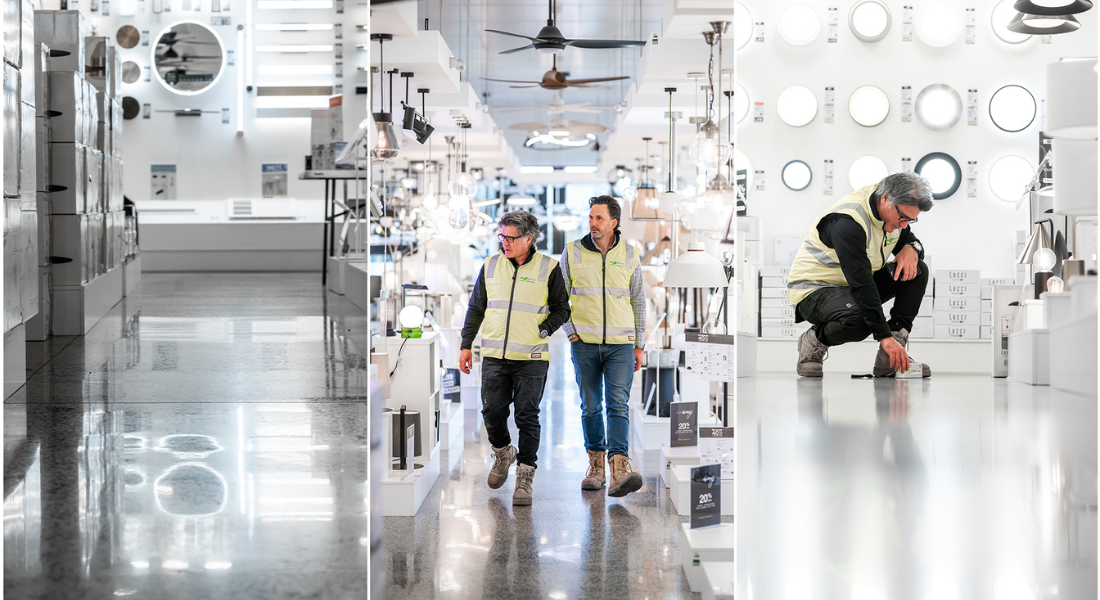Brick and mortar retail is in a state of thrilling transition

Brick and mortar store is evincing a protean ability to creatively adapt. It is reconstituting itself in response to new consumer modes, needs, and desires.
Thus we are seeing retail establishments recast themselves as community hubs made for lingering— social “third places” that mediate between home and the workplace.
Signify’s When a Store is More Than a Store report has identified the following trends.
Kicking back and buying stuff
Much of e-commerce involves the hard sell.
Programmatic advertising stalks shoppers from site to site. Retail apps pepper them with notifications.
E-commerce platforms, pulling in data from myriad sources, create the unsettling sense that they know what you are looking to buy even before you select it.
In contrast to this ruthlessly efficient dynamic, some canny retailers have determined that the soft sell can sometimes be the most effective sell of all. Sometimes it might make sense to deprioritise selling altogether, in favour of cultivating a welcoming environment for one and all.
The soft sell can sometimes be the most effective sell of all.
In-store services
The artisanal movement isn’t the only phenomenon in retail today that hearkens back to a better retail past. The return of in-store services does much the same thing.
Such services make sense from a business perspective.
Edible retail
Retailers have always known that an army of shoppers runs on its stomach. It was that realisation that birthed the department store restaurant.
The ambition of such places is not so much to generate revenue from comestibles as to increase shopper “dwell time,” to borrow a phrase from the Web.
Retailers have everything to gain by keeping customers within their walls instead of letting them wander elsewhere to satisfy their hunger.
Create what you consume
Manufacturers make things, and consumers buy them. Right?
In a new era characterized by more supple production technology, that’s no longer always the case.
These days, the customer can co-create a wide range of goods.
How should retailers approach a movement that encourages not buying things, but rather making them yourself? One way is to assimilate the “maker” urge into traditional retail.
And, in fact, whether in response to the maker movement or not (most likely not), retailers have long been offering clinics and workshops in the areas in which they specialise.
This contemporary tendency to make stores into schools, of a sort, is one of the more appealing trends in today’s retail scene, answering a public need for both education and community.
Shopping with a conscious
We live in an era when corporations are at pains to highlight their social responsibility, particularly as it concerns diversity and sustainability.
This commitment is often chalked up to corporations’ desire to appeal to younger consumers—and it appears to be a phenomenon with staying power.
The release of the corporate social responsibility (CSR) report, drafted each year by executives hired to oversee CSR initiatives, has become an annual marker on the typical company’s calendar.
What remains to be seen is how this commitment will express itself on the level of the store. Models for how a store can “channel” social responsibility are both obvious and few.
How the retail imagination will find a creative way to make its stores comprehensively embody the new corporate social conscience remains an interesting question.
Built-in accelerators and the store’s future
E-commerce may not be killing the store, but it is forcing it to change, largely by performing an end-run around online commerce and offering experiences that the Web simply can’t.
The human need for the give and take of interpersonal interaction and for lived social experience suggests that this strategy could be a good one.
Commerce cannot completely be reduced to e-commerce, useful and welcome though e-commerce very often can be.
As the store continues to be “more than a store,” what shapes will it take? It is easy to imagine that the consumer appetite for “artisanal” goods and experiences will continue to get more mainstream.
The store as a place of instruction, where customers learn cooking, carpentry, or other skills is another concept that would seem to be ripe for continued development. Some big retail establishments are starting business accelerators and innovation labs.
All options seem to be on the table as the store reinvents itself. What stable models will result from the churn remains to be seen. But as all successful versions of the store throughout history have done, these new models will fulfill human needs.
Among these are not only the basic need for this or that piece of merchandise, but also the need for community, comfort, entertainment, and maybe even enlightenment itself.




